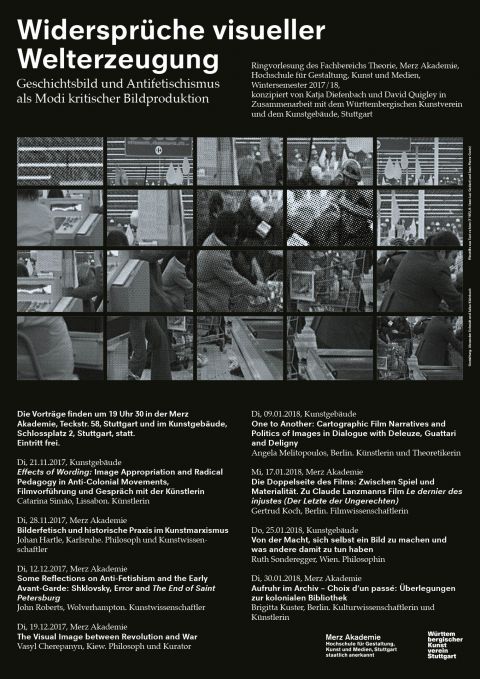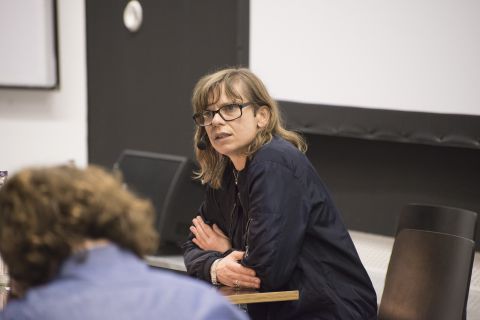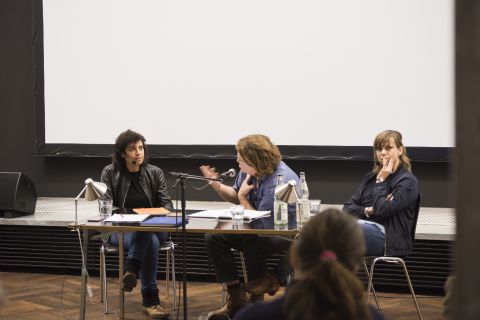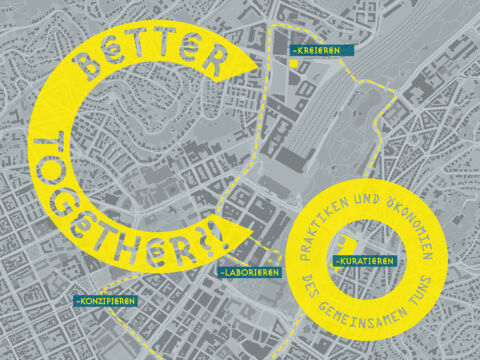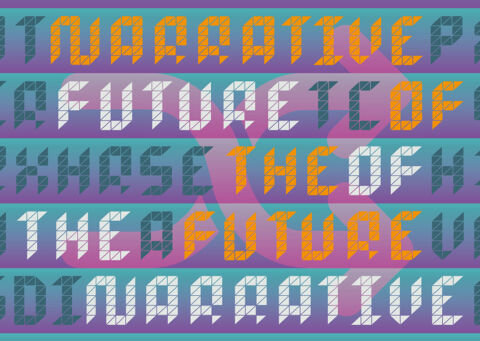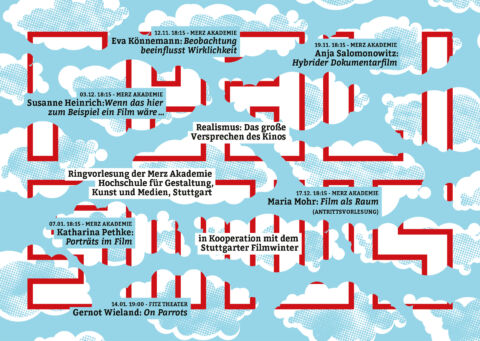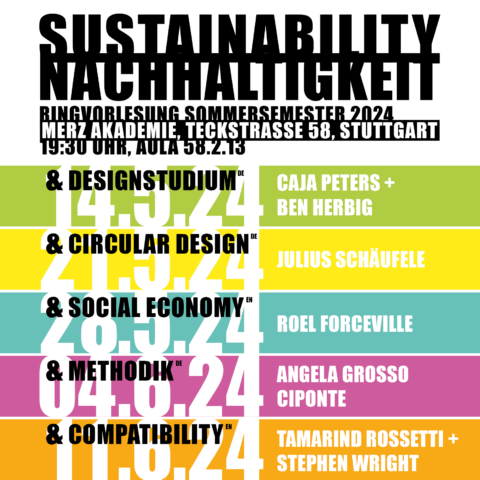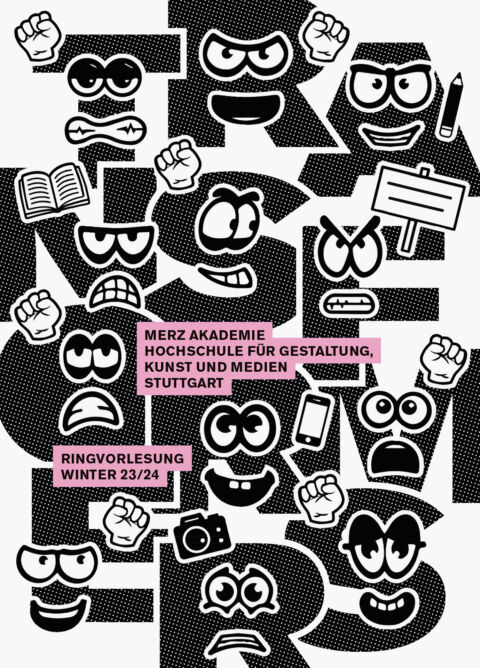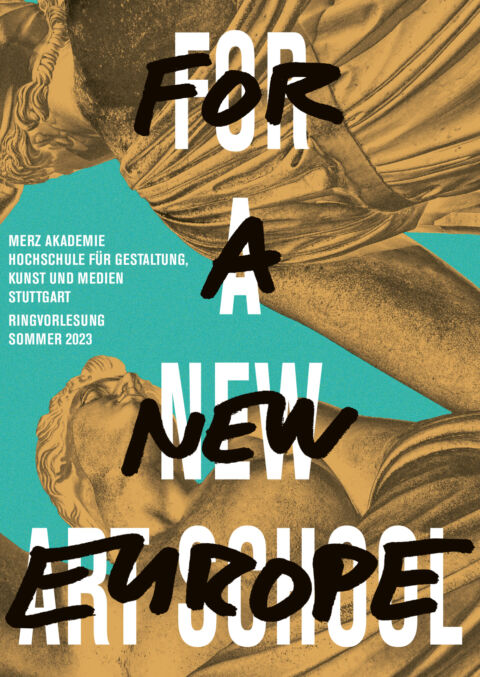Historical Image and Anti-Fetishism as Modes of Critical Image Production
Made during the first part of the 1970s, Jean-Luc Godard and Jean-Pierre Gorin’s film Tout va bien, the second-to-last film produced by the Dziga Vertov group, remains an important example of the problems associated with political imagery and visual world making. Combining defamiliarization, persiflage and self-reflective stylistic devices, the film introduces an aporetic realism that remains relevant to understanding the current relationship between politics and aesthetics:
On the one hand: it is shown that the radicalism of realism is not expressed in the mimetic representation of “objective facts” but rather in a critical fictionalization that emancipates viewers from the primacy of linear narration, allowing them to enter into a discontinuous temporality between the divergence of the audio and the visual and the disruption of conventional paradigms of meaning and perception. It is with this displacement that a different perspective on the political itself is made possible. It is not in finding more or less adequate representations but rather in the production of yet unseen and unknown visual worlds in which truth manifests itself.
On the other hand: in contrast to the avant-gardes and realisms that came about in the wake of the Russian revolution, we are here confronted with the production of images more immediately influenced by the experience of coopted revolts and failed encounters between young activists and the working classes which in turn led to new ideas about the multiplicity of their compositions, tested new forms of actions and partially emancipated themselves from party and trade union hierarchies. Although during the 1970s numerous forms of critical image production multiplied between various media, with, for example, the advent of Third Cinema, feminist filmmaking, Expanded Cinema and new photographic documentarianism, the aesthetic regime bears witness to the failure and becoming-irrelevant of social struggles and to the absorption of their cultural expressions into processes of increased commodification.
